Choosing the Right Rice for Locrio Recipes
11 min read Discover how to select the ideal rice for authentic Locrio recipes, ensuring perfect flavor and texture every time. July 23, 2025 21:05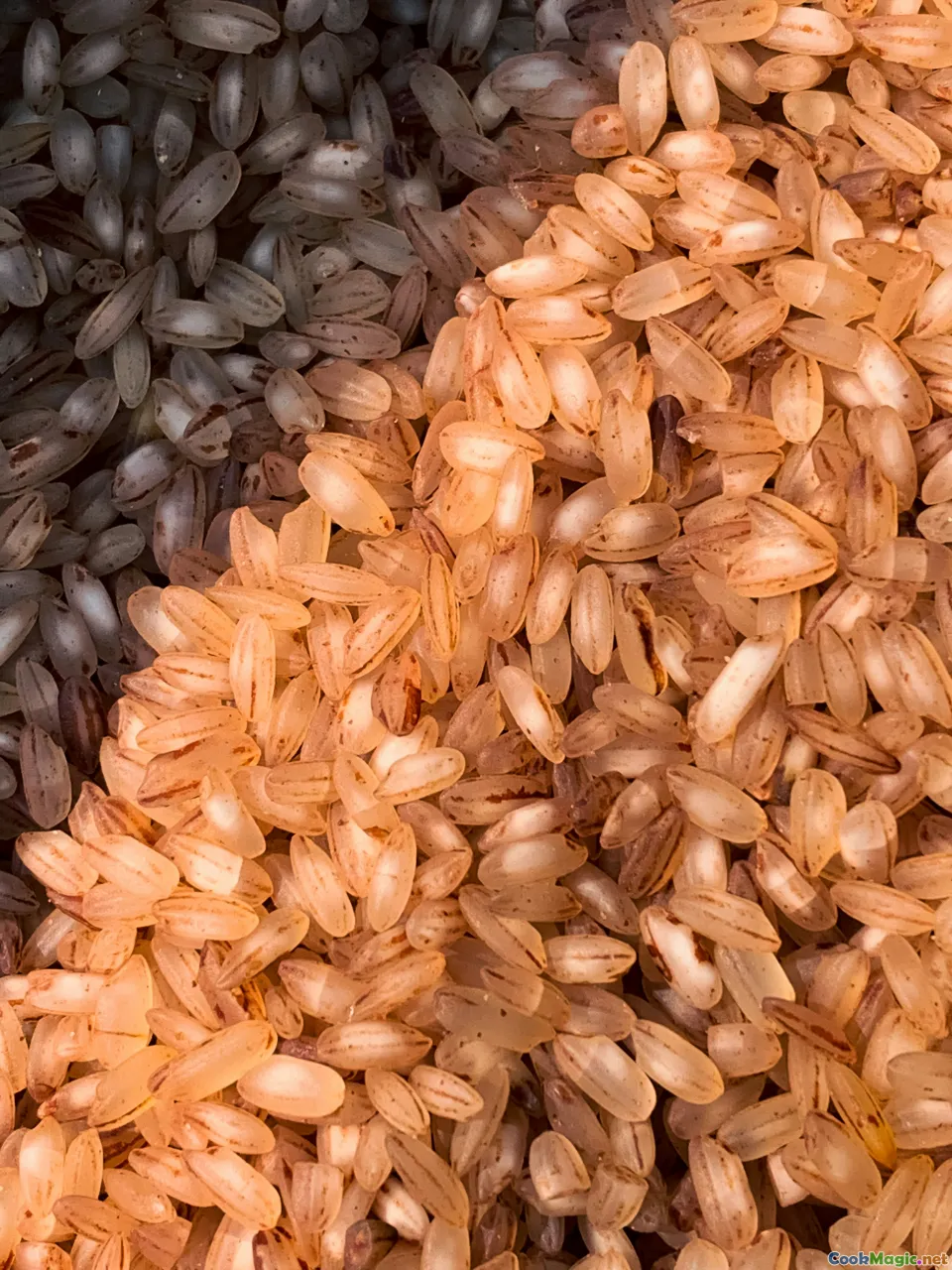
Choosing the Right Rice for Locrio Recipes
In the heart of Dominican kitchens, where the aroma of garlic, onion, and seasoned meats melds into a symphony of flavor, rice stands as the enduring canvas upon which centuries of tradition are painted. Locrio, the iconic Dominican take on the seasoned rice dish, embodies comfort, culture, and community in every fluffy, flavorful bite. But just as the soul of Locrio lies in the careful blending of spices and meats, so too does it hinge on the choice of rice—a seemingly simple ingredient with a world of complexity that influences every aspect of the final dish.
Whether you’re a seasoned Dominican cook or a culinary explorer eager to capture the essence of Santo Domingo’s vibrant street foods, understanding the nuances of rice types is essential. This guide dives deep into the art of selecting the perfect rice for your Locrio, weaving insights from Dominican history, personal stories, and sensory explorations.
The Cultural Significance of Rice in Dominican Cuisine
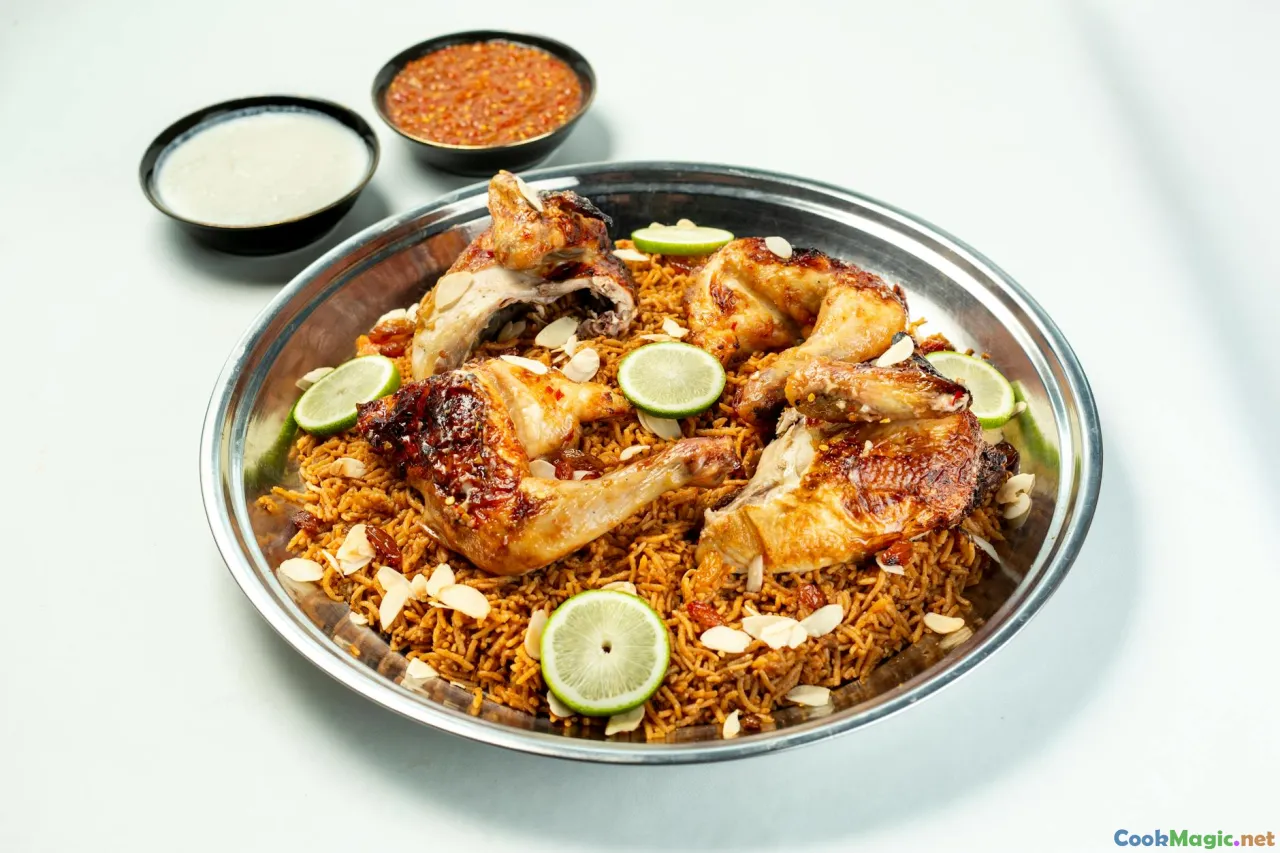
Rice in the Dominican Republic isn't just food—it's a cultural emblem, a daily ritual that binds generations. From the bustling markets of Santiago to the humble homes of rural villages, rice embodies resilience and community. Dominican meals like Locrio de PolloorLocrio de Mariscos are more than recipes; they are festive gatherings, infused with stories of Spanish colonization, African influences, and indigenous flavors.
Historically, rice was introduced via European colonization but quickly integrated into indigenous and African culinary traditions, creating a unique gastronomic tapestry. For Dominicans, choosing the right rice is not merely about texture or flavor—it's about connecting to a shared history that breathes life into every grain.
Types of Rice Commonly Used in Locrio
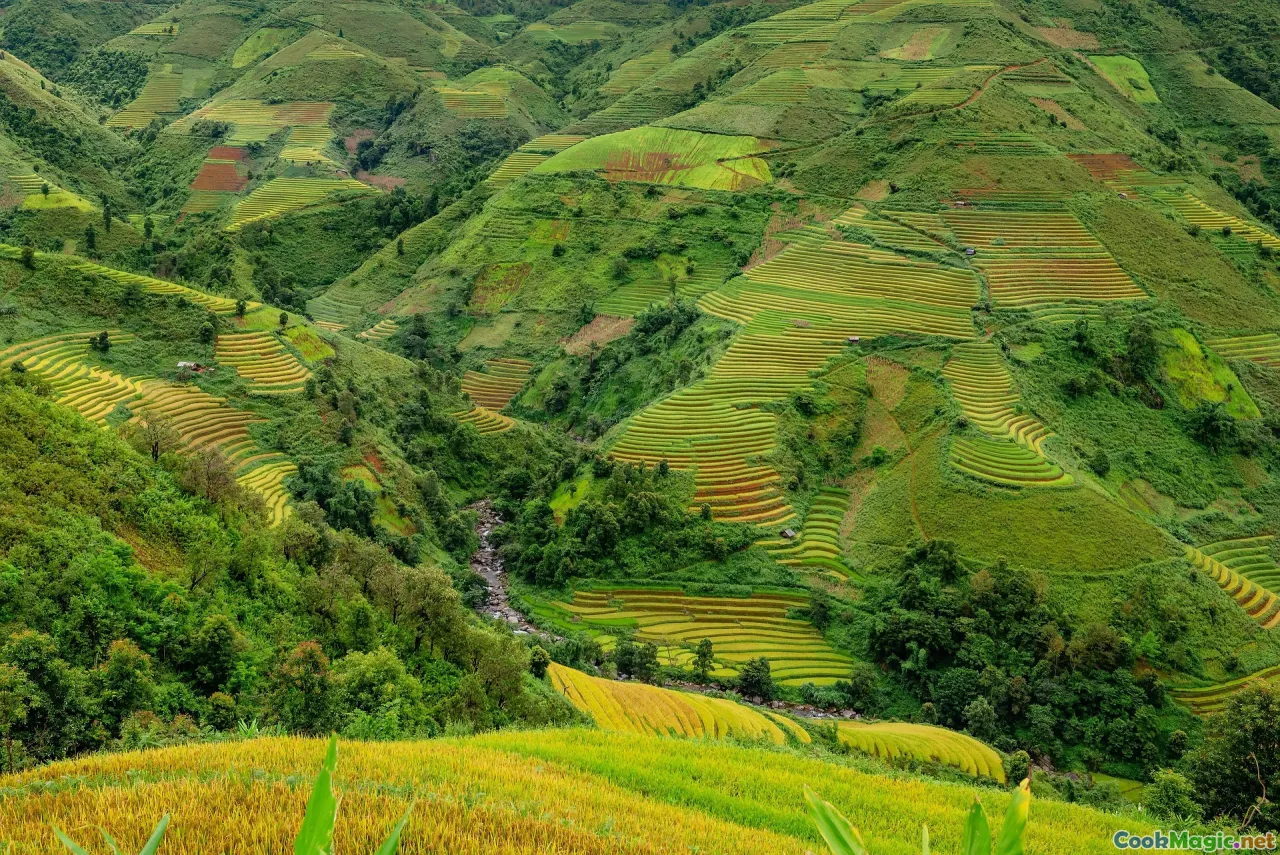
When making Locrio, not all rice is created equal. The choice of rice profoundly influences the final dish—its texture, flavor, appearance, and ability to absorb flavors.
Long-Grain Rice
Long-grain rice, such as JasmineorAmerican long grain, is favored in many Locrio recipes. Its slender grains remain separate after cooking, lending a light and fluffy texture that complements the seasoned, often oily, meat and vegetable mix. This rice tends to be less sticky, allowing each grain to shine.
Medium-Grain Rice
Medium-grain varieties, like Calrose, offer a slightly creamier texture. When cooked properly, they become moist yet retain enough structure to stand up to hearty Dominican seasonings. They create a more cohesive bite, often used in special Locrio preparations meant to emphasize richness.
Short-Grain Rice
Although less common in traditional Locrio, short-grain rice like Arborio may be used in fusion dishes or for particular regional variations. Its starchy nature produces a creamy, almost risotto-like consistency unusual for traditional Dominican Locrio but occasionally embraced in modern culinary experiments.
How to Choose the Perfect Rice for Your Locrio

Selecting the best rice involves more than just picking the shiny bag off the supermarket shelf. Here’s a practical approach to choosing rice that elevates your Locrio.
1. Consider the Origin and Quality
Opt for locally sourced Dominican rice if available—it often has a deeper, more authentic flavor, reflecting the land and climate. Brands like Indubanare celebrated for their quality and tradition. When shopping, look for rice labeled aspaddyornative varieties; these tend to be less processed and richer in aroma.
2. Pay Attention to Grain Length and Texture
Think about the texture you desire. For a light, airy Locrio with individual grains shimmering in a spicy broth, long-grain rice excels. For a more cohesive, sticky version good for spooning, medium-grain may be preferred.
3. Freshness Matters
Always check packaging dates; fresher rice retains aroma and has better cooking qualities. Old rice can be stale or tough and might impart an off-flavor to your dish.
4. Experiment and Personalize
Everyone’s palate and kitchen environment are unique. Don’t hesitate to try different rice types—sometimes a blend of two varieties creates a complex, satisfying texture.
Tips for Perfectly Cooking Rice for Locrio

Once you've selected the ideal rice, mastering the art of cooking it perfectly is the next step. Here are secrets seasoned chefs in Santo Domingo swear by:
- Rinse thoroughly: Remove excess starch to prevent clumping, resulting in fluffier grains.
- Use the right water-to-rice ratio: For long-grain rice, typically 1 ¾ cups water per cup of rice, adjusting based on your stove and humidity.
- Add aromatics: Incorporate bay leaves, garlic cloves, or a slice of onion during cooking for extra depth.
- Cook uncovered first: Let the rice absorb water until it boils gently, then lower the heat and cover tightly.
- Avoid stirring mid-way: Resist the temptation to stir, which can break grains and create a sticky texture.
- Rest after cooking: Let the rice sit off heat for 5 minutes before fluffing with a fork into light, separated grains.
Pairing and Variations: Elevating Your Locrio
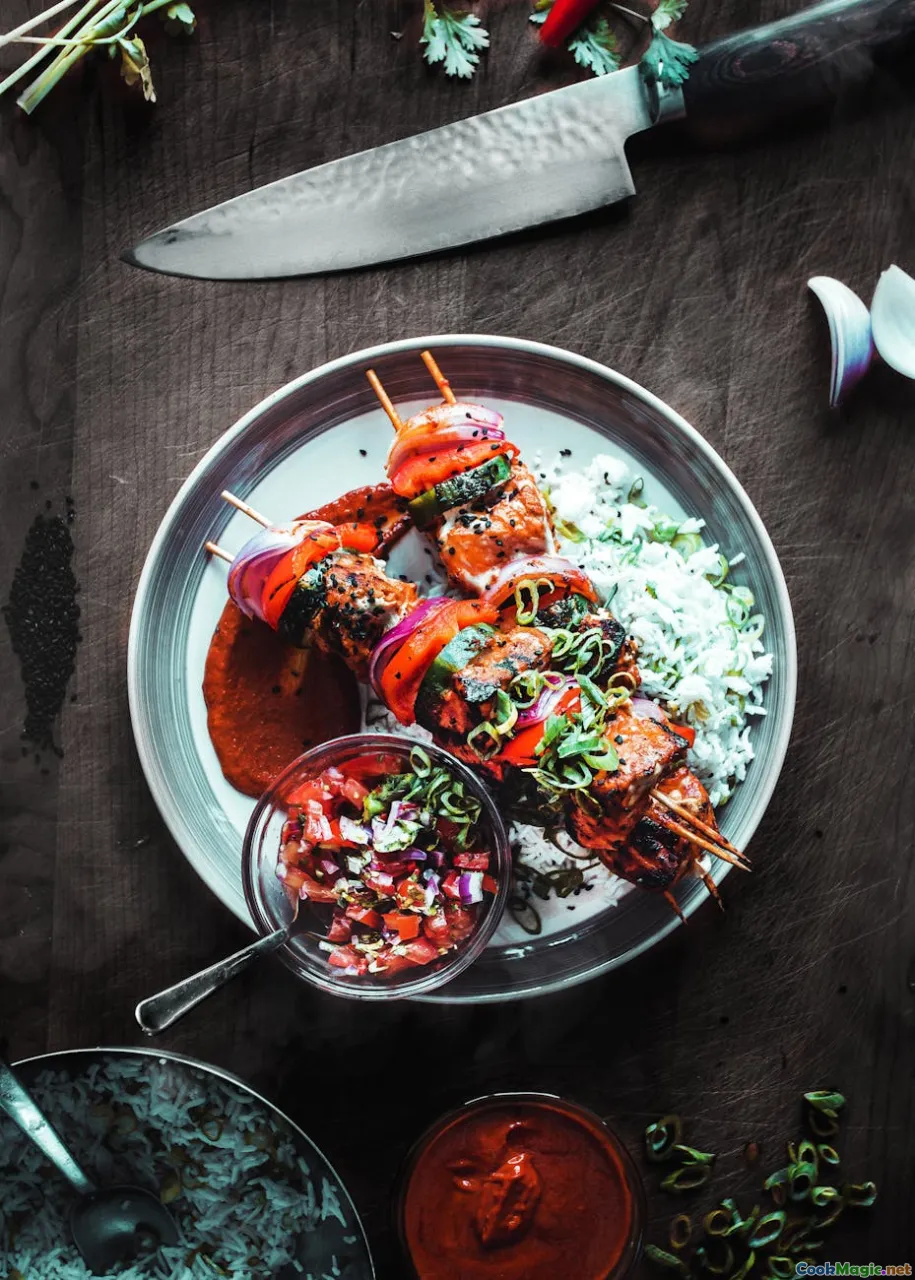
The choice of rice sets the stage, but the true magic of Locrio lies in balancing the ingredients:
Traditional Chicken Locrio
Using long-grain rice, seasoned chicken, and a cascade of Dominican spices creates a dish bursting with aroma and vibrant visuals—rich yellow from saffron or achiote, accented by the subtle saltiness of cured olives.
Seafood Locrio
Opt for medium-grain rice to hold the delicate flavors of shrimp, crab, or fish. The result is a fragrant, slightly moist dish that captures the spirit of coastal Santo Domingo.
Vegetarian & Cultural Variations
In some communities, Locrios are made with plantains or hearty vegetables, demanding differing rice textures. For these, medium or short-grain rice works well to absorb rains of tomato sauce or coconut milk.
Personal Stories: The Heart of Dominican Cooking
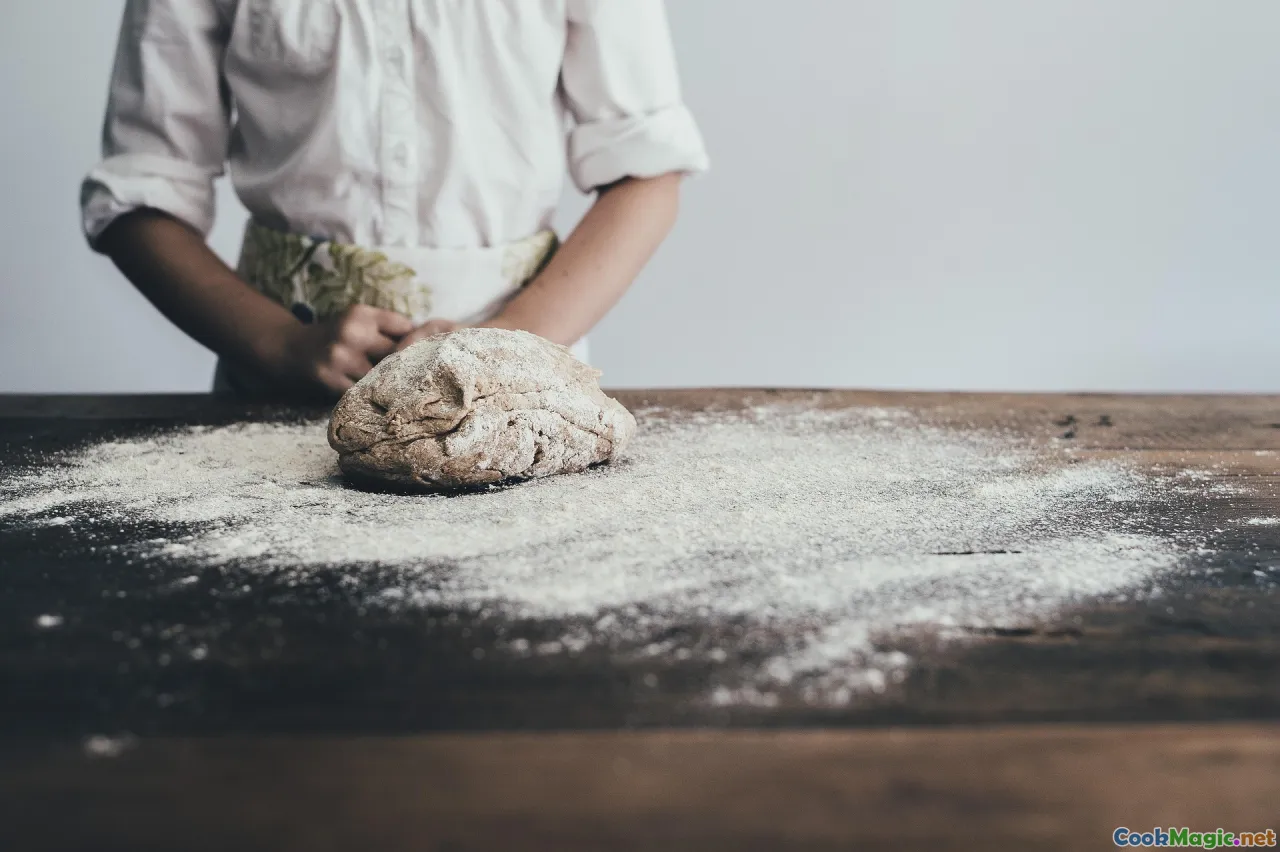
I remember visiting a family in San Pedro de Macorís, where the aroma of freshly cooked Locrio beckoned me into a rustic kitchen. Their secret? A tiny pinch of virgin coconut oil and a handful of locally grown rice, harvested just days before. Each bite transported me through generations—an amalgamation of African heritage, indigenous roots, and Spanish influence—that only the right rice could honor.
That experience underscored a vital truth: choosing the perfect rice isn’t just a technical matter—it’s about honoring tradition, nourishing community, and creating dishes that tell stories.
Final Thoughts: Your Culinary Journey Starts with a Grain
The next time you step into the Dominican market or your local grocery store, remember that your rice choice is the first step in elevating your Locrio from good to unforgettable. Embrace experimentation, respect tradition, and indulge your senses as each grain transforms into a masterpiece seasoned with history and love.
In the vibrant tapestry of Dominican cuisine, every grain of rice is a thread woven with story, flavor, and soul—so choose wisely, cook with passion, and share your own culinary tales with the world.
¡Buen provecho! And may your Locrio always be full of flavor and heart.









